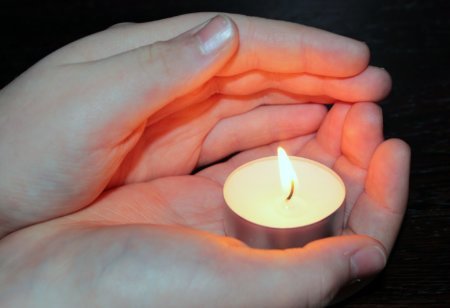Rather than going to the store and spending money on dangerous chemicals to combat fleas in your home, making a DIY flea trap is a great way to take care of the problem naturally.
You can make a DIY flea trap by putting a small amount of water in the bottom of a shallow container and adding a small amount of dish soap to the water.
If you have ever dealt with fleas on your pets or in your home before, then you know that getting rid of them can be tricky, however, making a DIY flea trap is a fast and simple way to take care of the problem.
How to Make a DIY Flea Trap
Let’s get down to it and get right into how to make a DIY flea trap!
Plan for a Dish Soap Trap
A dish soap trap is one of the most popular ways to take care of fleas in your home. They are very easy to make with simple household ingredients and items.
Simply choose a container for your trap that is flat, has a very large surface area, and has short sides. Shallow dishes will allow the fleas to jump into the trap and land on the water, while taller sides can prevent the fleas from jumping into the water.
If you don’t feel like making your own, you can try these flea traps.
Pie plates, rubber tote lids, cookie sheets, and large plates are all great options to use for your dish soap trap. Once you have chosen the container, then you simply need to create the trap and put it in a location where the fleas will enter it.
Add Water and Soap
Carefully fill your shallow container with water, making sure that you add enough water to fully cover the bottom of the container without adding so much that it will easily spill.
Once you have added water, squeeze in around two tablespoons of dish soap. Carefully use a spoon or your finger to stir the soap into the water, making sure that it is evenly distributed.
Fleas are small enough that they won’t break the surface tension of plain water, which means that they won’t drown without the soap. Adding soap decreases the surface tension of the water, which means that when fleas land on the surface they will immediately sink and will drown.
Choose Where to Place the Trap
One of the most important parts of making a flea trap is knowing where to put it so that you can catch as many fleas as possible. There’s nothing in the trap that will lure fleas to it, so you must place it where there are a lot of fleas that will jump into it on their own.
Make sure to put the trap down on a large towel so that you can catch and quickly clean up any spills. This is especially important for families who have dogs or children who may accidentally bump the trap.
Some of the most common places to find fleas in a home include near pet beds, on rugs or carpet, around pillows and furniture, near doors, near drapes, and around pet food bowls. Homeowners with larger homes will want to consider setting up multiple flea traps throughout the home to try to catch as many as possible all at once.
Leave the Trap and Then Empty it
It’s best to leave the flea trap overnight, as they are very active around sunset and during the night. This gives homeowners the best chance of catching these pests.
Make sure to leave the trap undisturbed so that the fleas will be comfortable moving around it and will jump in.
In the morning, you will want to empty out the trap, rinse it, and refill it for catching fleas the following night. Picking up the trap during the day reduces the possibility of spills and also allows you to clean out any dead fleas that need to be disposed of.

Add a Light or a Candle
While there isn’t any way to guarantee that fleas will enter your homemade trap, there are a few things that you can do to improve the chances that you will catch fleas. Since they are attracted to light, hanging a lamp over the flea trap to illuminate it is a good way to draw their attention.
They will want to reach the light and warmth and will jump for it, landing in the water instead.
Putting a burning candle in the middle of the trap is another great way to make fleas notice the trap and increase the likelihood of them entering it. Additionally, some people have reported that putting a plant near the trap will draw their attention.
We’ve found that a combination of placing a candle in the middle of the trap and placing a lamp above it seems to work best.
Anything that you can do to increase the chance of the fleas finding and entering your trap will help you get rid of these pests.
Conclusion
Rather than purchasing flea traps and worrying about what chemicals you are bringing into your home, you can make a DIY flea trap and know exactly what it is made of. Making your own ensures that you will always have a flea trap when you need one, know what ingredients will be in them, and have peace of mind knowing that your home will be free of fleas once and for all.
Don’t forget that fleas spread disease among animals and humans making this a potentially life-saving skill to have. If you’re stuck in an environment where rats and other vermin this simple trap will greatly cut down on the spread of disease. A DIY flea trap could potentially help reduce the spread of disease during disasters or after an SHTF event.

